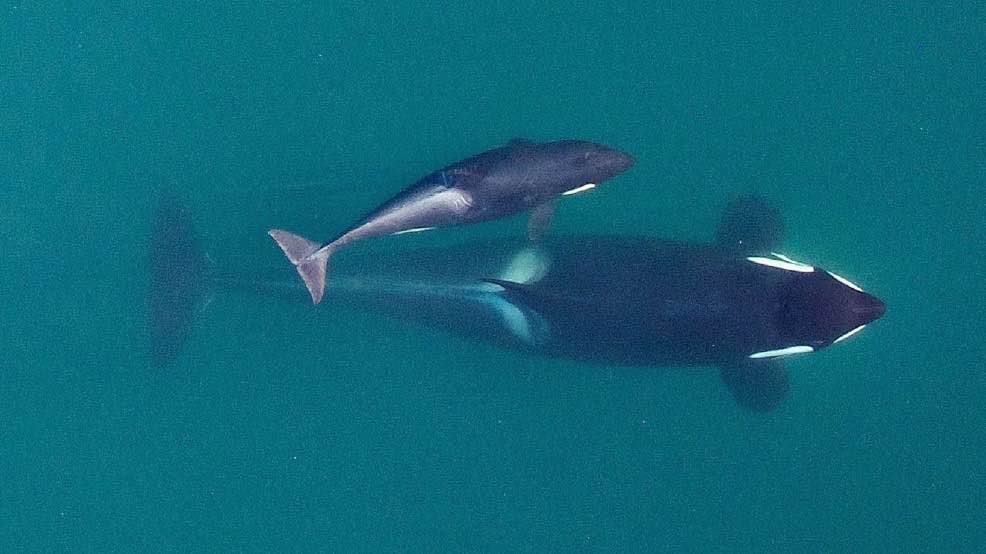forum
library
tutorial
contact

Researchers: Breach Dams to
Save Starving Puget Sound Orcas
by Associated Press
KATU, October 28, 2016
|
the film forum library tutorial contact |

|
Researchers: Breach Dams to
by Associated Press
|
 SEATTLE -- Researchers who track the endangered population of orcas that frequent Washington state waters said Friday that three whales are missing or believed dead since summer.
SEATTLE -- Researchers who track the endangered population of orcas that frequent Washington state waters said Friday that three whales are missing or believed dead since summer.
The most recent death of a 23-year-old female known as J28 and likely her 10-month-old calf drops the current population to 80, among the lowest in decades, according to the Center for Whale Research on Friday Harbor, which keeps the whale census for the federal government.
A 42-year-old female whale was reported missing during the center's July 1 census.
Center senior scientist Ken Balcomb said orcas, particularly mothers and their babies, are struggling because they don't have enough food, a primary factor in the population's decline.
He and others called for four dams on the Lower Snake River to be breached to open up habitat for salmon. They said the best opportunity to save the orcas is to restore runs of salmon eaten by the killer whales.
"We know what we need to do, feed them," Balcomb said at a news conference on the Seattle waterfront surrounded by supporters who held signs calling for the dams to come down.
Those opposed to removing the Lower Snake dams say they provide low-cost hydroelectric power and play a major role in the region's economy. J28 was believed to have died in the Strait of Juan de Fuca sometime last week, leaving behind a 10-month old whale that won't likely survive without her, Balcomb said. The mother appeared emaciated in recent weeks, he said.
The number of southern resident killer whales has fluctuated in recent decades, from more than 100 in 1995 to about 80 in recent years, as they have faced threats from pollution, lack of prey and disturbance from boats. They were listed as endangered in 2005.
The whales have a strong preference for chinook salmon, which are typically larger and fatter fish, but those runs have been declining.
"There's no reason these dams couldn't be breached," said Jim Waddell, a retired engineer with the group DamSense who spoke at the news conference.
In May, in a long-running lawsuit, U.S. District Judge Michael H. Simon in Portland rejected the federal government's latest plan for offsetting the damage that dams in the Columbia River Basin pose to salmon.
The judge ordered the government to come up with a new plan by March 2018. He said he would not dictate what options the government must consider in the new plan, but he noted that a proper analysis under federal law "may well require consideration of the reasonable alternative of breaching, bypassing, or removing one or more of the four Lower Snake River Dams."
learn more on topics covered in the film
see the video
read the script
learn the songs
discussion forum
